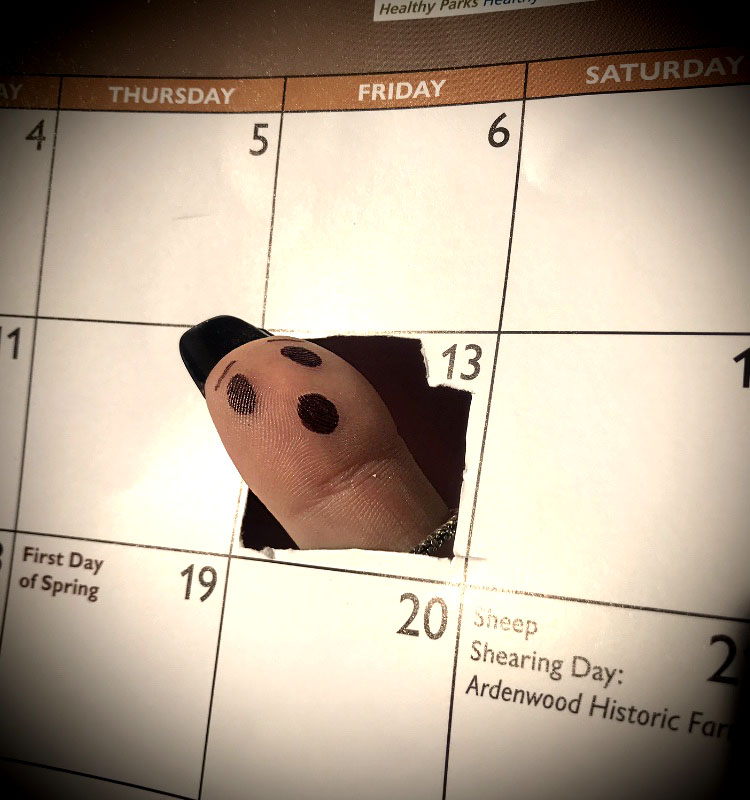Grab your rabbits foot, it’s Friday the 13th
Photo illustration by Katie Loughran
Photo taken by Katie of Katie’s thumb
March 13, 2020
As the superstitious grip their lucky rabbit’s foot and nonbelievers go about business as usual, Friday the 13th makes its way into the lives of many once more.
The origins of this infamous day are just as mysterious as Friday the 13th itself, though it’s not always been this way. The late 1800s saw the earliest recorded occurrences of dread associated with Fridays that fall on the thirteenth day of a month. Even then, their fear had less to do with the day itself and more to do with the number 13.
A variety of cultures have associated the number 12 with a feeling of wholeness or completeness. This idea has been exemplified time and time again through things like the 12 gods of Olympus, the 12 disciples, 12 astrological signs and, the most obvious, 12 months in a year. The issue for many arises when another variable is added to the equation, therefore ruining the sense of completeness and replacing it with unease.
A well known instance of this phenomenon can be seen in the Christian tale of the “Last Supper”. In this story, similar to a Norse myth depicting the dinner party of 12 gods, an uninvited thirteenth guest shows up and causes a major disruption. Both tales end in the loss of an important figure, solidifying the idea that 13 of anything is rather unlucky.
Not only has Friday The 13th held a significant spot in history, it has also held a prominent spot in media and art.
With the long history of the unlucky number ‘thirteen’ it has some relation to many paintings from past religious events. It is believed the number has strong connections with the painting “The Last Supper”.
The painting was crafted by Leonardo da Vinci in the late fifteenth century and depicted the last meal of Jesus Christ, who sat with his twelve disciples at a long table. It relates to the idea that 13 was an unlucky number because it is believed that Judas, the disciple that betrayed Jesus, was the the last and thirteenth member to sit at the table.
The idea of 13 people being bad luck also shows up in another painting from 1817, called “The Death of Baldur” by Christoffer Wilhelm Eckersberg. The painting shows the death of Baldur, the son of Odin in Norse Mythology.
The date has also had its significance stated in writing with a novel from 1907 titled “Friday the Thirteenth”, by Thomas W. Lawson. The book is about a businessman who tries to use that day to take down Wall Street, further confirming the superstitions.
While the date was strongly apparent in past art, it is also addressed in today’s art and media.
In fact, one of the world’s biggest horror franchises is named based on the date. The franchise had started off with the first film being “Friday the 13th”. The first film was highly successful making $59.75 million in the box office with a budget of $550,000.
With the large success of the first film, there have been eleven other movies made along with comics, novels and even a video game where you can play as the antagonist of the franchise, Jason Voorhees or the counselors he torments.
With the significance of the date still growing, chances are there will be more art, media and history to connect it to.
Superstitious or not, Friday the 13th continues to be considered an unlucky day. Whether it be the day’s mysterious origins or its prevalence in society today, it will always be much more than just another day on the calendar.



